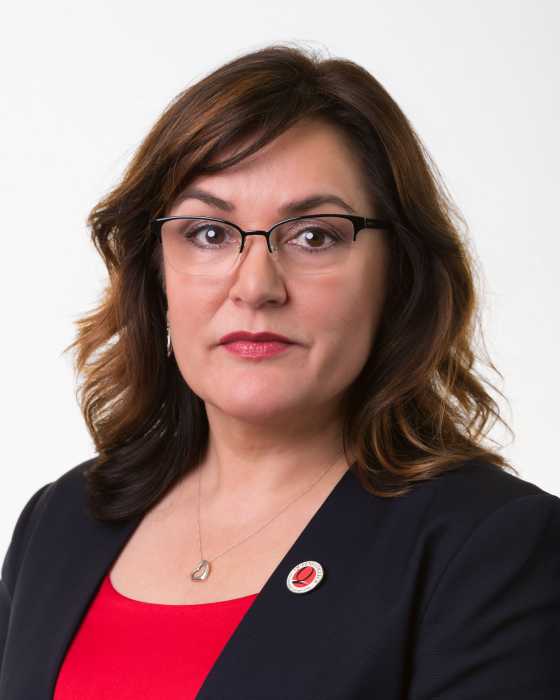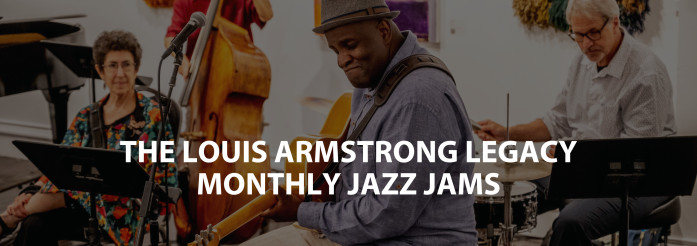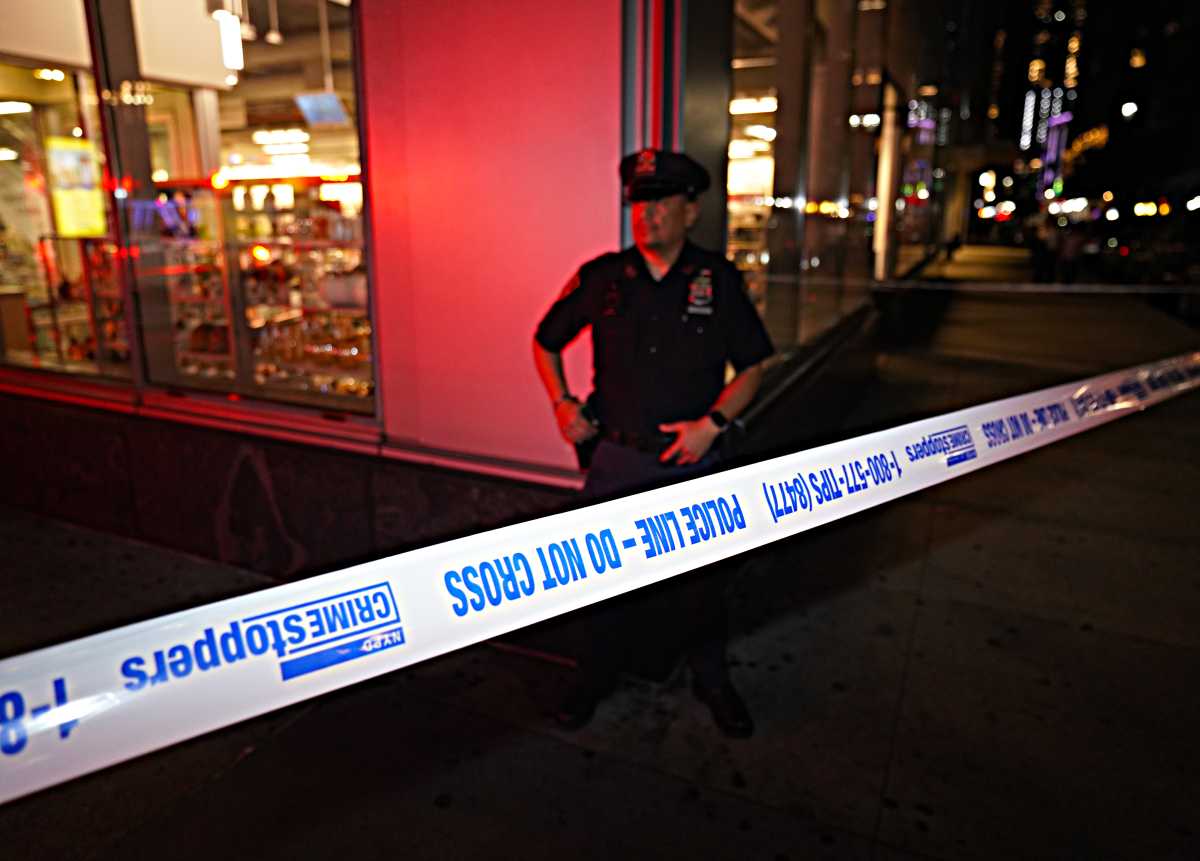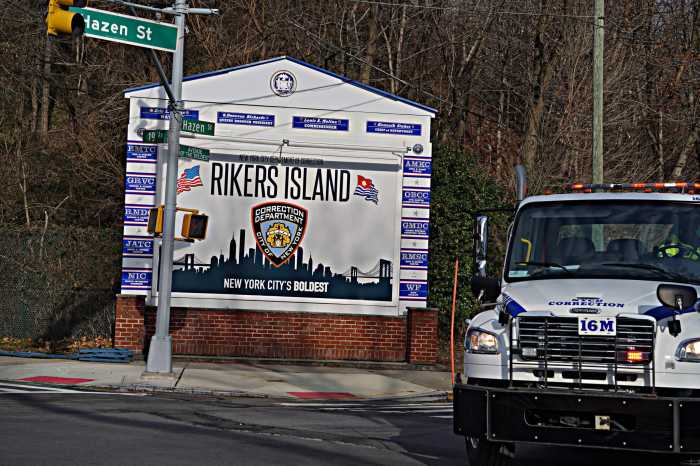Driving down Flushing Avenue through much of Ridgewood is like passing through a canyon of industry. Auto junkyards, garages, exporters and even a snack food distributor line both sides of the street from Metropolitan Avenue to the west, deep into Bushwick and East Williamsburg.
But the wave of industry is suddenly interrupted at the corner of Flushing and Onderdonk avenues by a little white farmhouse and patch of green whose history predates the neighborhood of Ridgewood itself.
Rooted at a time when New York was still the Dutch colony of New Netherlands, the Onderdonk House remains today as the neighborhood’s cultural and historical epicenter. A community built around it, and it would take a community to save, preserve and restore it for generations to enjoy.
Let’s examine not only the saga of the Onderdonk House, but of those who built, lived and occupied it through the years.
Coming to the New World
Originally, the family came from Brabant, Holland. Dr. Adrian Onderdonk, a doctor of law, was the founder of the family in America. He arrived in New Amsterdam in 1641 at the age of 45. Eventually, after a number of disputes with the colony’s governor, Peter Stuyvesant, Onderdonk returned home to Holland.
His son, Andreis, however, remained in present day Jamaica, where he had a farm. Andreis Onderdonk acquired land on the north shore of Long island. He had a son, also named Andries, who moved to Cow Neck, now the present-day Nassau County village of Manhasset. He and his wife had 10 children.
One of their sons, Adrian, in turn got married and had 11 children. Over the years, the prodigious family came to own farms in and around Cow Neck.
The Onderdonk family, prior to and during the American Revolution, were outspoken patriots for the American cause. Adrian Onderdonk was named for his grandfather, a large landowner in Cow Neck who was the deputy chairman of the local Whig Committee.
A sixth-generation Onderdonk, also named Adrian, was born on June 20, 1795 to Joseph and Ann (nee Wyckoff) Onderdonk of Cow Neck. Adrian’s mother was the daughter of Peter Wyckoff of Bushwick, who also owned farms in the area.
On Apr. 27, 1821, Adrian Onderdonk purchased his own farm in present-day Ridgewood from the estate of George Ryerson for $600. The main farm was 50 acres; using today’s street grid, the farm was generally bounded by Flushing Avenue on the north, Woodward Avenue on the east, Catalpa Avenue on the south and Seneca Avenue on the west.
Although we consider the Onderdonk farm as part of Ridgewood’s heritage, when Adrian Onderdonk bought the farm in 1821, the name Ridgewood did not exist; thus, the area was part of Bushwick. There had been a long-standing land dispute between Bushwick in Kings County and Newtown township in Queens County, dating back to colonial times.
Governor General Richard Nicholls of the New York colony granted the township of Newtown a land patent on Mar. 5, 1667, and on Oct. 5 of the same year, granted a land patent to the town of Bushwick. Unfortunately, the boundaries of each patent were not described that precisely, so about 1,200 acres on the Bushwick/Newtown border were in dispute.
The problem was finally solved in 1769, when an arbitration committee decided on an exact boundary between Kings and Queens counties in what is now Ridgewood. However, Adrian Onderdonk, though he lived on his farm in Queens, still considered himself a Kings County resident.
Arbitration Rock, a large boulder in the middle of the Onderdonk property, served as the demarcation line between Brooklyn and Queens. Even though the border shifted in later years, the rock remains there to this day as a public reminder of the famous border dispute that pit one borough against another.
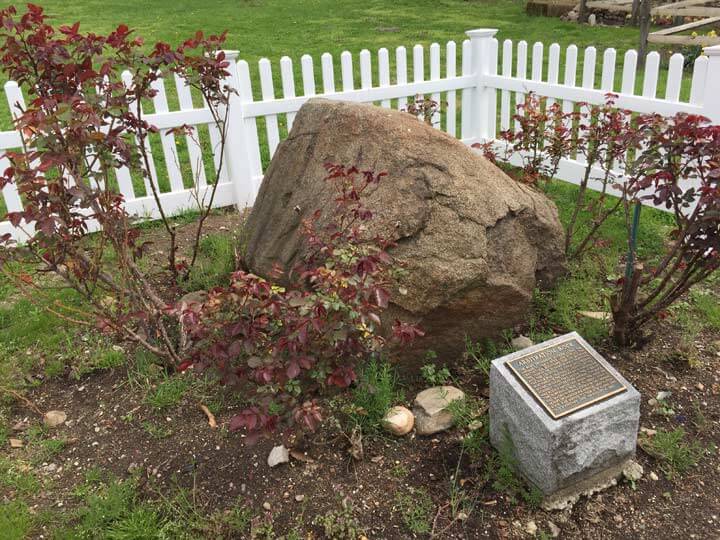
History of the farm
As best we can determine, the land that eventually became the Onderdonk farm was originally granted to Hendrick Barentz Smidt in 1662. In 1709, Paulus Vander Ende bought the farm and built the house. He was one of the original settlers in Kings County and receved a land grant on Aug. 7, 1686.
His son, Frederick, eventually inherited the Ridgewood farm. He simplifeied the spelling of his last name to Van Nanda. He had a daughter, Jane, who in the early 1750s married Moses Beadel, who was born in Hempstead in 1725.
When Frederick Van Nanda died in 1769, Moses Beadel and his wife inherited the farm.
Like the early Onderdonks, Moses Beadel was a patriot in the Revolutionary War, enlisting in the First Battalion of the New York Provincial Regiment at the ripe age of 51. His son, also named Moses, enlisted in the Third New York Regiment.
The senior Moses Beadel was captured by the British on Nov. 21, 1776 and was kept imprisoned on a ship off the New Jersey coast. He remained a prisoner until July 1779, when he died of sickness.
Moses Jr. returned home from the war and inherited the farm. He later married Jane Remsen, daughter of Christopher and Maria Remsen, who owned a 64-acre farm in what later became Glendale.
Moses Beadel then sold the Ridgewood farm to the Van Nuys family. In about 1810, they sold the farm to John Cozine, who bought it as an investment. He resold it on Nov. 7, 1812, to George Ryerson.
Onderdonks in Ridgewood
Three pieces of land in the vicinity of Maspeth Creek, which totaled eight acres, were also included in the deal between Ryerson and Ridgewood’s Adrian Onderdonk. The deed covered all the houses, outhouses, barns, orchards, gardens, meadows, pastures, commons, fences, feedings, timbers, trees, woods, underwoods, ways, paths, waters, watercourses, easements and commodities.
Adrian Onderdonk and his wife, also named Ann, had two children: Dorothy Ann, born in 1820; and Gertrude, born in 1825. Adrian fell ill in 1831, when he realized that Jane Ryerson, George Ryerson’s widow, had not signed away her dower rights when he bought the farm. On May 3 of that year, she agreed to do so for the nominal sum of $1.
Adrian Onderdonk died on July 2, 1831 at the age of 36. His widow, Ann, was 38 years old at the time.
On Nov. 15, 1831, the Chancery Court in New York City appointed Lambert Wyckoff, a New York merchant, as the guardian for the children to represent their interest in the sale of a small piece of land located on the north side of the Williamsburgh-Jamaica Turnpike (now Metropolitan Avenue).
On Dec. 4, 1831, this land was sold fo $175 to Stephen Master, who with his brother Samuel, operated the turnpike.
Adrian’s widow and children continued to live on the farm after his death. In 1838, Dorothy Ann left and got married, and Gertrude followed suit seven years later. Ann Onderdonk continued to live on the farm until at least 1849. She died on Nov. 16, 1863 at the age of 70.
The rest of the story
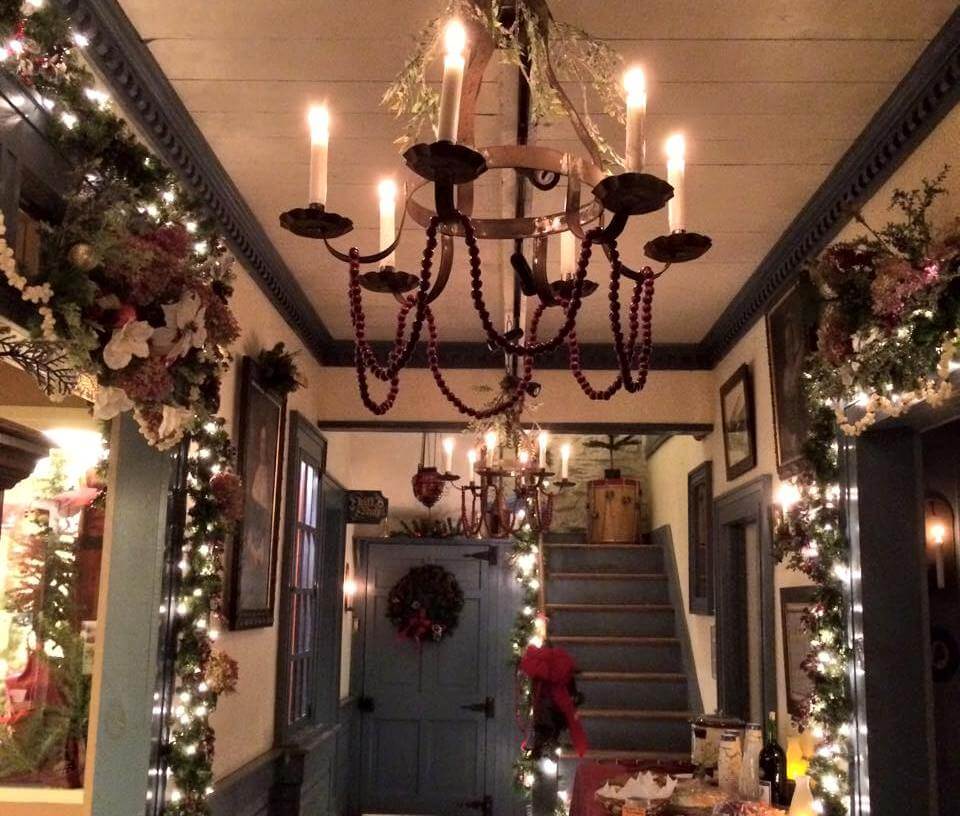
Before long, the Onderdonk farm and surrounding rural areas transformed. Homes and streets were built on the southern side of the farm, while industry developed on the north, largely due to its proximity to roads and the Newtown/Maspeth Creek.
In the mid 1800s, the Gemelin family bought the Onderdonk House and the last remains of the nearby farm for its livery and scrap glass works. Thereafter, the Jacobs Brothers, which owned the American Moninger Greenhouse Company, bought the family out.
After entrepreneur Daniel Ehrlich purchased the company, the Onderdonk House became an office and a one-story brick extension was constructed in the front. The house continued to be used by industry well into the 20th century and even had an impact on American space history, as precision parts and components for the Apollo Space Program were manufactured there.
But by the winter of 1974, industry at the Onderdonk House was gone, and the centuries-old structure was abandoned. Vandals and derelicts began picking apart at the structure, and the city moved to demolish what was left .
Local historians, however, came to the house’s rescue. Chemical Bank provided a mortgage on the property, halting its destruction. But the Onderdonk House was dealt another blow in February 1975, when a fire caused significant damage to the historic structure.
Following the fire, the Greater Ridgewood Historical Society, an association of local civic leaders and historians, was formed to renovate and preserve the Onderdonk House for future generations. Various fundraising efforts, including an annual Oktoberfest at Forest Park, generated thousands of dollars repairing the damage and reclaiming the property.
The society also helped convince the state and federal governments to add the Onderdonk House to the State and National Registers of Historic Places. The city Landmarks Preservation Commission eventually declared the Onderdonk House as a landmark.
Today, the society continues to operate at the Onderdonk House, holding various historical exhibits and making it available for students and history-lovers to enjoy. The house also holds a variety of events year-round, including a Harvest Festival in October and St. Nicholas Day in December.
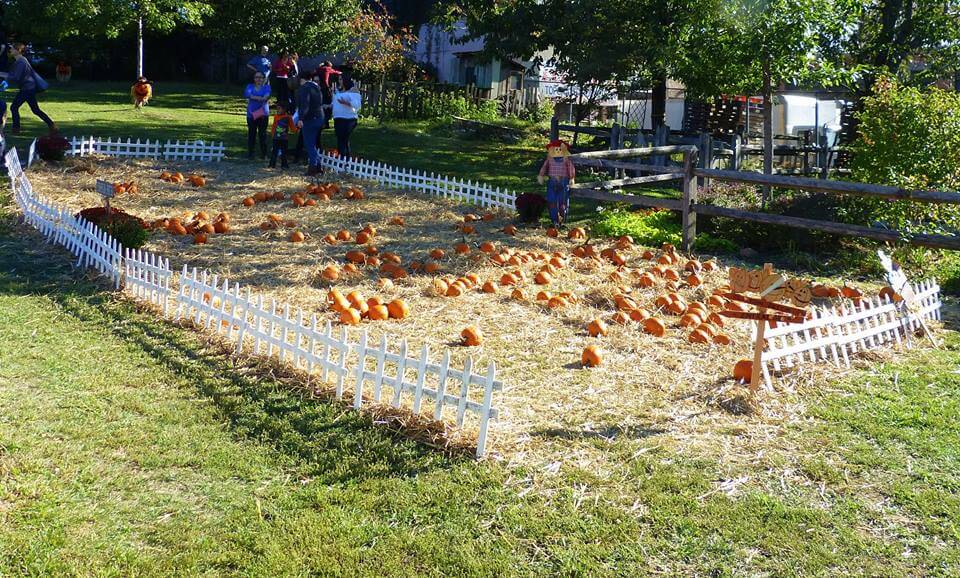
Reprinted from the Nov. 13, 2014 Ridgewood Times.
***
If you have any memories and photos that you’d like to share about “Our Neighborhood:The Way it Was,” write to The Old Timer, c/o Ridgewood Times, 38-15 Bell Blvd., Bayside, NY 11361, or send an email to editorial@ridgewoodtimes.com. All mailed pictures will be carefully returned upon request.


